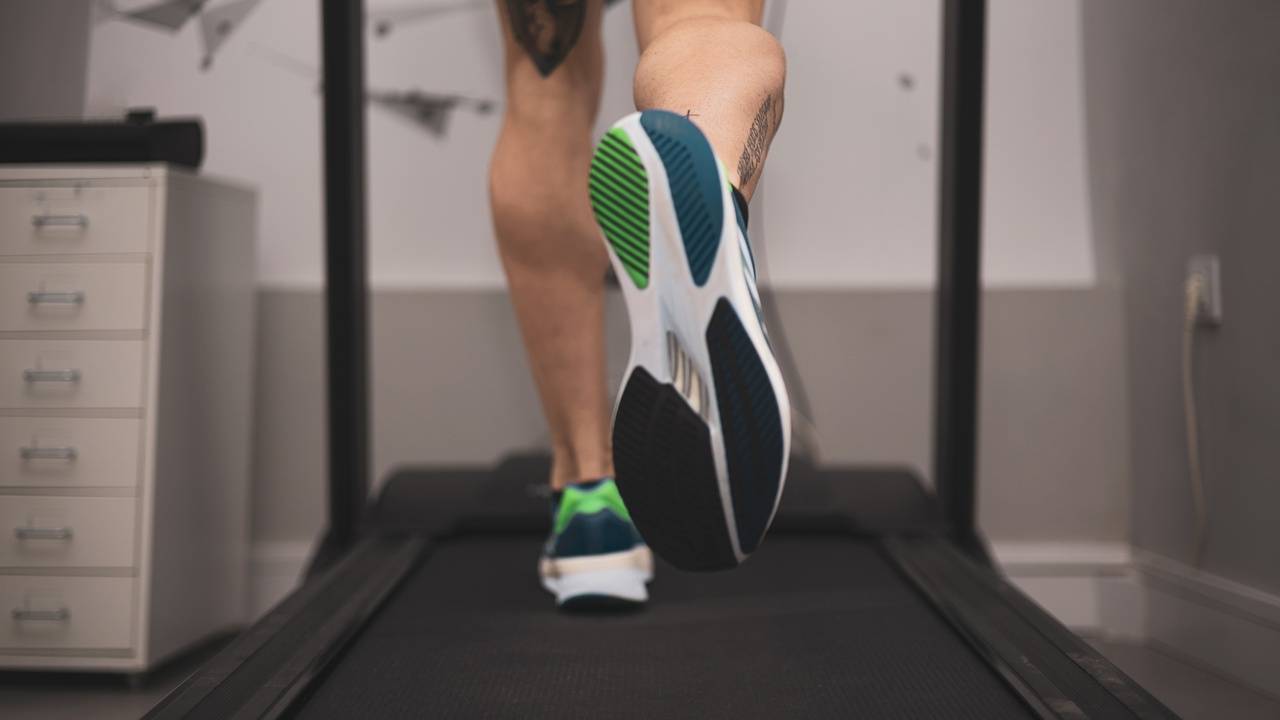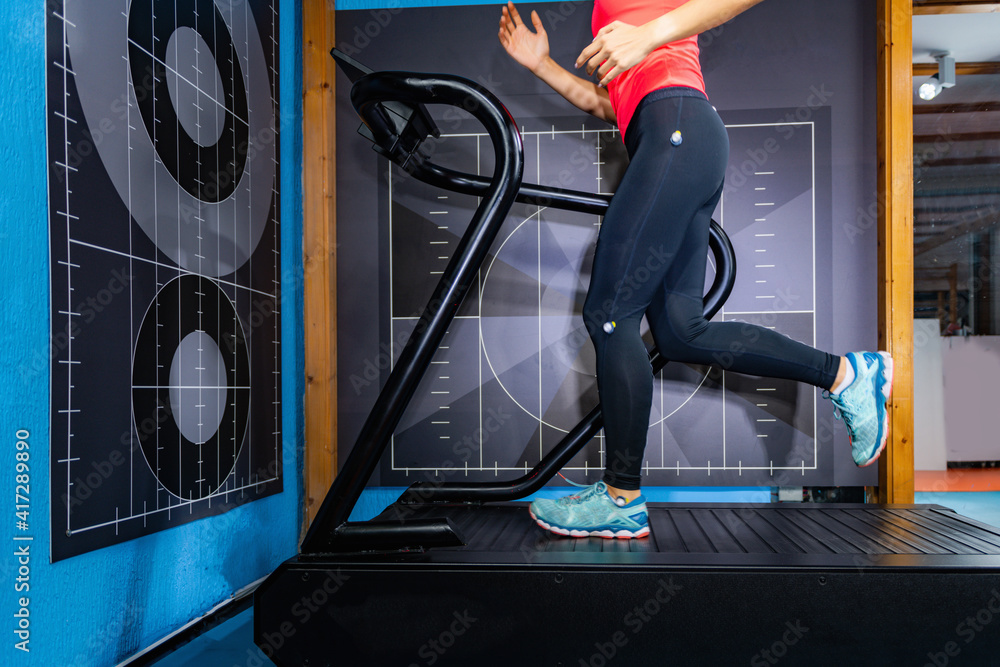The Runner's Knee Resolved With One Gait Analysis
Mar 01, 2023
Runners seek out a running gait analysis for a variety of reasons. Most commonly they want to make sure they are safe while running, other times they are in pain and want to resolve their injury or want to run faster and more efficiently. I recall a patient who came to me because she had years of Patellofemoral Pain Syndrome in her right knee that only occurred while she was running. As an avid runner the patient had high hopes that a running gait analysis could provide her the answers to her chronic knee pain. Little did she know, she finally came to the right place. Below you will find the patient’s objective findings along with explanations of clinical reasoning on how I evaluated and treated this patient’s injury.
Running Gait Analysis Objective Findings
On the patient’s running gait analysis the following objective data was collected:
Heel strike at initial contact
Excessive dorsiflexion
Overstriding
Limited terminal hip extension
Excessive vertical displacement
Cadence: 165
Shoe wear: High heel drop with high cushion and high arch support
Treadmill speed 8 mph
Excessive noise from treadmill at footstrike
Important note: No presentation of over pronation, genu valgum, or pelvic drop bilaterally
Gluteus maximus mmt: 4/5 bilaterally
Gluteus medius mmt: 5-/5 B
Quadriceps mmt: 5-/5 B
Plantarflexion mmt: 4+/5 B
Hip Flexion AROM: 115 degrees
Hip Ext AROM: L 10 deg, R 15 deg
Single Leg Squat: 10x B
Tenderness to Palpation: Patellar tendon and Inferior pole of patella (Gr. II)
Ober (+) B
Patellar tracking: lateral B
Correlating assessment findings to the plan of care
To organize our clinical reasoning we can think of three categories of treatment approaches to this patient’s plan of care. The first category is the patient’s running form followed by corrective exercises and shoe wear. The patient’s current running form has high levels of ground reaction forces meaning the impact the body receives from the ground is too high. For this runner, much of the impact from the ground is due to her heel strike and overstriding (when a patient’s foot lands significantly in front of their hip while running). The heel striking and overstriding actively stop the runner from moving forward during gait which cause braking forces that increase impact and stress in the lower extremities and knees. In order to reduce these braking forces we would provide running cues to the patient with instructions to land midfoot and/or soft on her heels while running. An additional running cue would be to ask the patient to adopt a more forward trunk lean while running or “act as if you are falling forward while you run”. Again, this reduces overstriding and heel strike gait patterns in runners. Next in the treatment plan are therapeutic exercises, to address the patient’s lack of hip extension and posterior chain strength we would prescribe single leg bridges (2 sets of 15x) and single leg heel raises (2 sets of 15x). These corrective exercises will improve the patient’s terminal hip extension and increase their stride length posteriorly therefore aiming to reduce the risk of overstriding and providing her with enough gastrocnemius strength to run without a prominent heel strike. Lastly, we would recommend for this patient to be in shoes that are neutral, moderate cushion and moderately low heel drop. As was discussed in our recent blog High Cushion Running Shoes Increase Impact, running in a shoe with high cushion increases the impact of the ground on your body while running and high heel drop shoes encourage heel strike.
Watch on YouTube:
The bottomline treatment plan for this runner
In summary we want to reduce the pressure in the patient’s patellofemoral joint while running. Therefore, we must reduce the ground reaction force impact through the lower extremities by providing running cues to have the patient lean slightly forward while running and lessen the amount of heel strike at initial contact. Additionally, to increase posterior stride length and reduce overstriding it is important to strengthen both the gluteus maximus and gastrocnemius muscles. Lastly, to lessen the impact of the ground on the body we would prescribe this runner a neutral shoe with moderate cushion and a moderately low heel drop.
Apply your clinical reasoning to your running gait analysis
After 2 weeks the runner emailed me and told me her knee pain had completely resolved. It made me not only excited for her as a runner but happy that I could provide a resolution to her pain as a PT. As PTs we have an excellent foundation of knowledge we can apply to running gait analysis findings. Using that wealth of knowledge we can integrate our running gait analysis findings into our physical therapy treatment plans for each patient to improve their clinical outcomes. If you are interested in learning more about running gait analysis, improving your patients outcomes and/or learning how to start your own profitable running gait analysis clinic click here to check out our continuing education course “The Essentials of Running Gait Analysis”. Lastly, if you have questions about this content or the course feel free to reach out to us to discuss and we will personally respond to your question.
Listen to the podcast!
Click the image to learn more about "The Essentials of Running Gait Analysis" course:

